The Pepsi vs. Coca-Cola Rivalry
A Tale of Two Giants in the Beverage Industry
The battle between Pepsi and Coca-Cola is one of the most famous rivalries in corporate history. It spans over a century, covering everything from marketing wars to legal battles and shifts in global market dominance. This rivalry has shaped the soft drink industry, influencing branding, advertising, and consumer perception worldwide.
The Marketing Made Clear Podcast
Check out the Marketing Made Clear Podcast on all good platforms.
Timeline of Major Events
19th Century: The Origins
Pepsi and Coca-Cola both emerged in the late 19th century, initially marketed as medicinal tonics. Coca-Cola’s early formula controversially contained coca leaf extract, which included small amounts of cocaine, though the ingredient was gradually phased out by 1929. The brand capitalised on its supposed medicinal properties, marketing it as an energising and refreshing tonic that could cure headaches and fatigue. Of course it did.
Coca-Cola’s distinctive script logo and widespread distribution helped establish their dominance early on. Meanwhile, Pepsi struggled to find its market positioning and financial stability. At this stage, neither brand engaged in aggressive marketing battles, but Coca-Cola’s immediate popularity set the stage for future competition.
- 1886 – Coca-Cola is created: Dr. John Stith Pemberton, an Atlanta pharmacist, invents Coca-Cola as a medicinal tonic containing coca leaf extract and caffeine.
- 1898 – Pepsi is born: Caleb Bradham, a pharmacist from North Carolina, formulates Brad’s Drink, later renamed Pepsi-Cola.
- 1903 – Pepsi is trademarked, entering the market as a direct competitor to Coca-Cola.
Early 20th Century: Initial Market Strategies
Coca-Cola’s introduction of the iconic contour bottle and six-pack carton demonstrated early marketing ingenuity, reinforcing brand recognition and making at-home consumption convenient. The company also invested heavily in widespread advertising, including newspaper ads and painted wall signs, ensuring visibility across the country.
Meanwhile, Pepsi’s financial struggles delayed its ability to implement similar large-scale marketing efforts, but it focused on affordability and value to attract budget-conscious consumers. Over time, both brands pioneered new marketing tactics, including radio sponsorships and celebrity endorsements, setting the stage for the marketing wars that would follow. It’s during this period that we see the first emergence of the competition between the brands – Coca-Cola very successfully gained brand recognition and reach during this period.
- 1915 – Coca-Cola introduces its iconic contour bottle to differentiate itself from competitors.
- 1923 – Coca-Cola pioneers the six-pack carton, boosting at-home consumption.
- 1923-1931 – Pepsi struggles financially, declaring bankruptcy twice due to sugar price fluctuations.
1936-1950s: The Price War and the Pepsi Generation
This is where things that to intensify – Pepsi’s decision to offer a larger bottle for the same price as Coca-Cola was a game-changing marketing move, appealing to cost-conscious consumers. This period also marked Pepsi’s early foray into celebrity endorsements, setting a precedent for future branding strategies focused on pop culture influence.
Pepsi also introduced its first-ever jingle, “Nickel Nickel,” which became a nationwide hit and revolutionised advertising through catchy music. Meanwhile, Coca-Cola‘s commitment to World War II efforts bolstered its patriotic image, solidifying its brand loyalty in America. Coca-Cola ensured that U.S. soldiers had access to Coca-Cola wherever they were deployed. This strategic move helped cement long-term consumer loyalty and further globalised its brand presence.
But the move from Pepsi to offer their large product at the same price cannot be understated – it’s an aggressive move to say the least. The cola wars have clearly begun!
- 1936 – Pepsi introduces the 12-ounce bottle for 5 cents, undercutting Coca-Cola’s 6.5-ounce bottle at the same price.
- 1939 – Pepsi launches the first-ever advertisement jingle – named “Nickel Nickel”.
- 1941 – Both brands support the U.S. war effort, embedding themselves in American culture.
- 1950 – Pepsi becomes the first company to use a celebrity endorsement, hiring Joan Crawford.

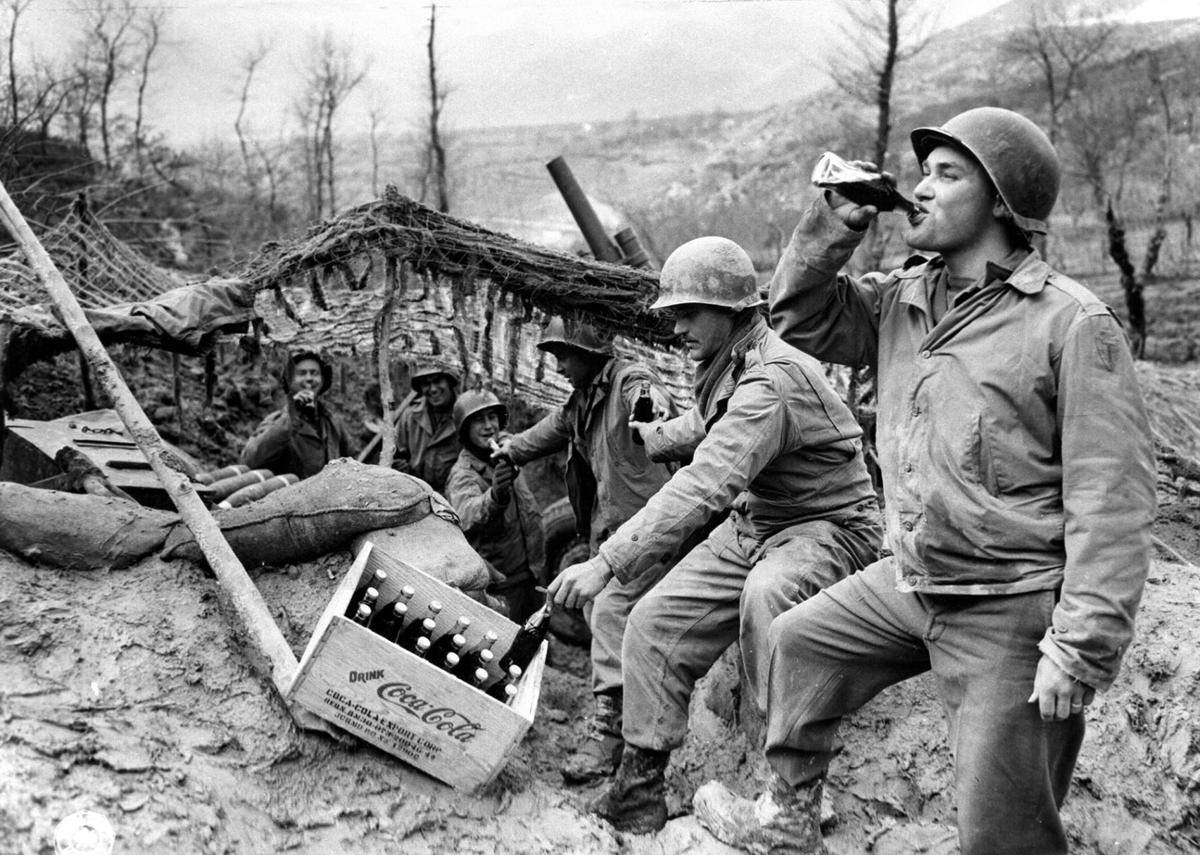
1960s-1970s: The Rise of Branding and Marketing Strategies
This is where the battle intensifies.
Pepsi’s ‘Pepsi Generation’ campaign marked a strategic shift toward targeting younger consumers, positioning itself as the more modern, youthful alternative to Coca-Cola. Meanwhile, Coca-Cola‘s emotionally charged ‘I’d Like to Buy the World a Coke’ campaign reinforced its image as a unifying global brand. The campaign, which debuted in 1971, featured a diverse group of young people standing on a hilltop singing about global unity, with lyrics emphasising peace and connection. The advertisement became one of the most iconic in marketing history and was later featured in the final episode of Mad Men, symbolising the era’s shift in advertising towards emotional and aspirational messaging.
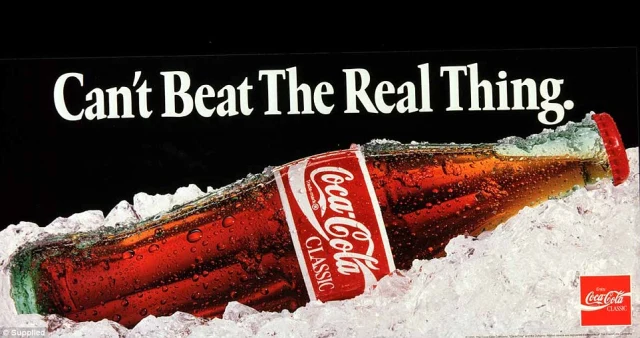
Despite its strong branding efforts, Pepsi continued to face financial struggles during this period, with mounting debts and challenges in scaling its distribution network to compete effectively with Coca-Cola. However, Pepsi’s marketing team remained aggressive, launching the Pepsi Challenge in 1975, a blind taste test that directly questioned Coca-Cola’s superiority. These tests were often filmed, showing real consumers choosing Pepsi over Coca-Cola, adding credibility and impact to the campaign. This bold move intensified the Cola Wars, forcing Coca-Cola to reconsider its marketing strategy and later introduce New Coke in the 1980s in response to Pepsi’s growing market share.
- 1963 – Pepsi debuts the “Pepsi Generation” campaign, targeting younger consumers.
- 1971 – Coca-Cola releases the iconic “I’d Like to Buy the World a Coke” campaign, emphasising unity.
- 1975 – Pepsi launches the Pepsi Challenge, a blind taste test that claims consumers prefer Pepsi over Coca-Cola.
- 1979 – Coca-Cola strikes back with a campaign featuring Mean Joe Greene, becoming one of the most memorable ads in Super Bowl history.
1980s: The Cola Wars Heat Up
The 1980s saw some of the most intense marketing battles, with both brands enlisting global superstars for endorsements. Pepsi’s collaboration with Michael Jackson and Madonna made it the cooler, trendier brand, further appealing to younger audiences. The launch of Pepsi’s “The Choice of a New Generation” campaign cemented its position as a youth-focused brand, incorporating cutting-edge music and celebrity partnerships to generate excitement.

Meanwhile, Coca-Cola’s response included the ill-fated New Coke launch, a drastic attempt to modernise its flavour to counter Pepsi’s growing market share. The decision backfired, leading to consumer backlash and the return of Coca-Cola Classic. However, Coca-Cola also continued to reinforce its traditional image through advertising campaigns like “Can’t Beat the Feeling,” ensuring that even in the face of a marketing blunder (or was it a blunder?), the brand retained strong emotional connections with its audience.
During this period, both brands aggressively expanded their television presence, particularly in the growing space of sports sponsorships. Pepsi aligned itself with the NFL and high-energy commercials, while Coca-Cola leveraged events like the Olympics to strengthen its image as a timeless global icon. These moves made the 1980s a defining era in the Cola Wars, with high-stakes campaigns that shaped public perception for years to come.
There is still some debate about whether the launch of New Coke was actually a stroke of genius or not – as covered previously by Marketing Made Clear! The basic counter argument to “New Coke” being a blunder is that there was such a fierce backlash to the change, that brand loyalty to Classic or Original Coke increased and rejuvenated demand.
-
1982 – Coca-Cola launches Diet Coke, gaining traction in the low-calorie beverage market.
-
1985 – New Coke debacle: Coca-Cola changes its formula, facing massive backlash and ultimately reintroducing Coca-Cola Classic.
-
1986 – Pepsi’s ad campaigns featuring Michael Jackson and Madonna propel the brand’s popularity.
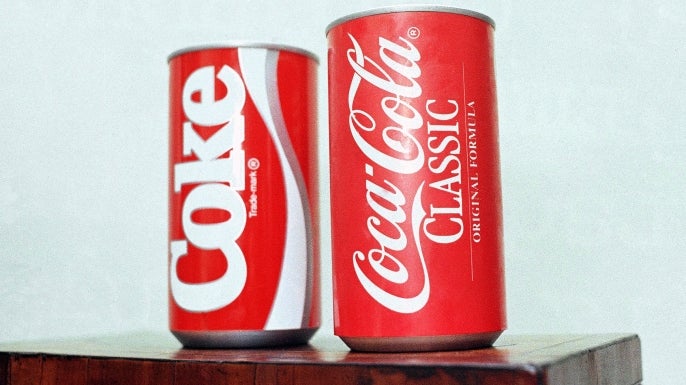
1990s-2000s: Expanding Beyond Cola
Pepsi leveraged celebrity culture with endorsements from Britney Spears and other major figures, solidifying its connection with younger demographics. During this period, Pepsi also ran several commercials directly mocking Coca-Cola, including ads where Pepsi drinkers were depicted as cooler and more in tune with youth culture, while Coca-Cola drinkers were portrayed as outdated or overly traditional. One of the most famous examples was a commercial featuring a young boy buying two cans of Coke just to use them as a step to reach a Pepsi vending machine, humorously reinforcing the idea that Pepsi was the superior choice.
Coca-Cola, on the other hand, relied on major event sponsorships to maintain its position as a globally dominant brand, securing partnerships with the Olympics, FIFA World Cup, and other major sporting events. Coca-Cola also hit back with its own advertising tactics, subtly mocking Pepsi’s marketing. A notable example was a campaign emphasising Coca-Cola’s long-standing heritage and authenticity, contrasting it with Pepsi’s newer, more experimental approach. The two brands frequently engaged in advertising wars, often taking playful jabs at each other in print and television commercials.
In 1995, Coca-Cola launched the “Holidays are Coming” Christmas Advert – this advert campaign is one of the most successful campaigns in marketing history. I went into some detail about the campaign in the Christmas episode of the Marketing Made Clear podcast, so please check that out!
Both companies expanded into bottled water and energy drinks, recognising shifts in consumer preferences beyond cola. However, their rivalry continued to manifest in their marketing, with each trying to outdo the other in terms of creativity, humour, and cultural impact.
- 1992 – The “Gotta Have It” campaign keeps Pepsi culturally relevant.
1995 – Coca-Cola launch the “Holidays are Coming” Christmas Caravan Advert.- 1996 – Pepsi signs Britney Spears, while Coca-Cola sponsors the Olympics, solidifying its global reach.
- 2000s – Both brands diversify into bottled water, energy drinks, and juices.
2010s-Present: Digital and Social Media Battles
Coca-Cola’s ‘Share a Coke’ campaign became one of the most successful personalised marketing strategies, boosting engagement through social media by encouraging consumers to find and share bottles with their names on them. This campaign significantly increased brand interaction and sales, particularly among younger demographics.
Pepsi, on the other hand, continued its focus on celebrity-driven marketing, with campaigns featuring high-profile figures such as Beyoncé and Cardi B. However, its controversial Kendall Jenner ad in 2017 demonstrated the potential pitfalls of misreading consumer sentiment, as the ad was widely criticised for trivialising social justice movements, leading to its swift removal.
Both brands have now focused on sustainability and digital-first marketing approaches, recognising the changing priorities of consumers. Coca-Cola has emphasised environmental responsibility through initiatives like reduced plastic use and increased recycling programs, while Pepsi has invested in plant-based packaging and reduced sugar formulations. Additionally, both brands have leveraged digital marketing heavily, engaging consumers through TikTok challenges, influencer partnerships, and interactive online campaigns to maintain relevance in an increasingly digital-driven world.
-
2011 – Coca-Cola dominates social media with “Share a Coke”, featuring names on bottles.
-
2017 – Pepsi’s ad featuring Kendall Jenner sparks controversy, forcing the company to retract it.
-
2020s – Sustainability becomes a key battleground, with both brands focusing on recyclable packaging and environmental responsibility.
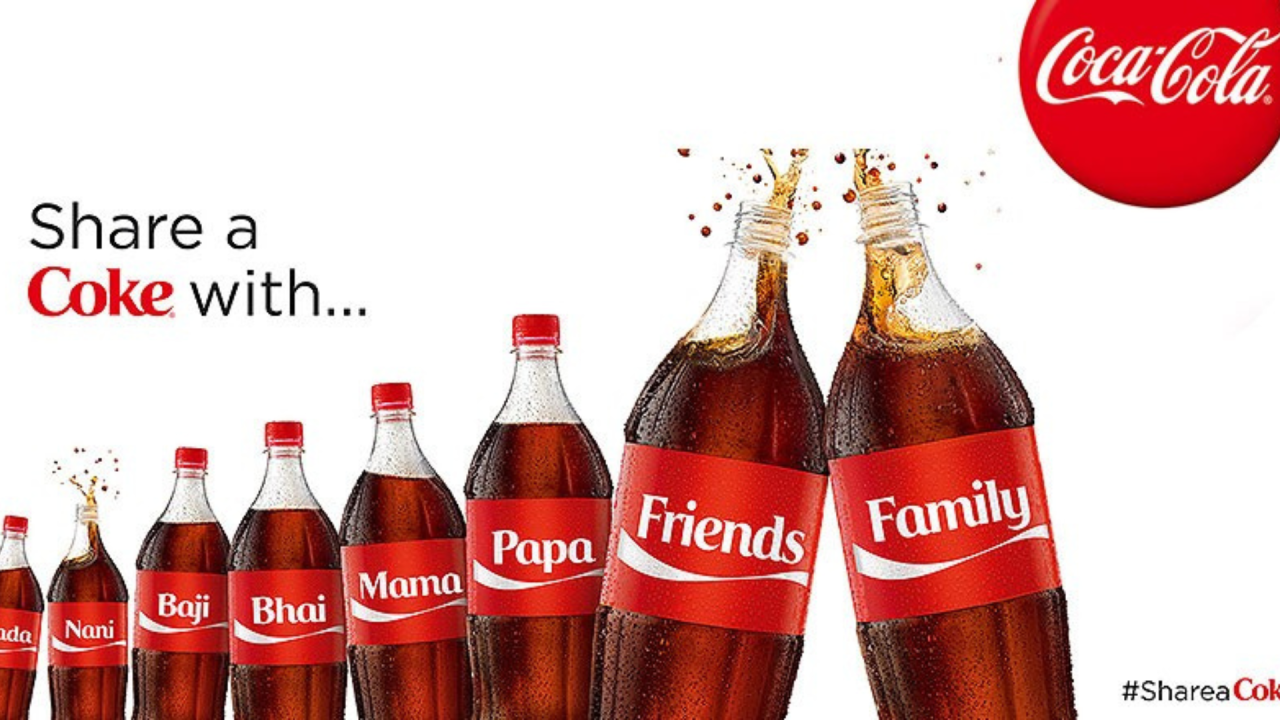
Marketing Wars: Key Strategies
Coca-Cola’s Strategy
-
Branding: Consistency and nostalgia, maintaining the classic red-and-white logo.
-
Sponsorships: Olympics, FIFA World Cup, and key global events.
-
Emotional Advertising: “Holidays are Coming” Christmas ads reinforce its cultural presence.
Pepsi’s Strategy
-
Celebrity Endorsements: Michael Jackson, Madonna, Britney Spears, and Beyoncé.
-
Taste Test Marketing: The Pepsi Challenge as a disruptive approach.
-
Youth-Oriented Campaigns: Pepsi continuously rebrands to appeal to younger demographics.
Lawsuits and Legal Battles
-
1940s: Coca-Cola sues Pepsi for copying its branding (unsuccessful).
-
2006: Coca-Cola accused of anti-competitive practices in India.
-
2011: Pepsi sued Coca-Cola over claims that Coke’s Powerade ads falsely claimed superior hydration benefits.
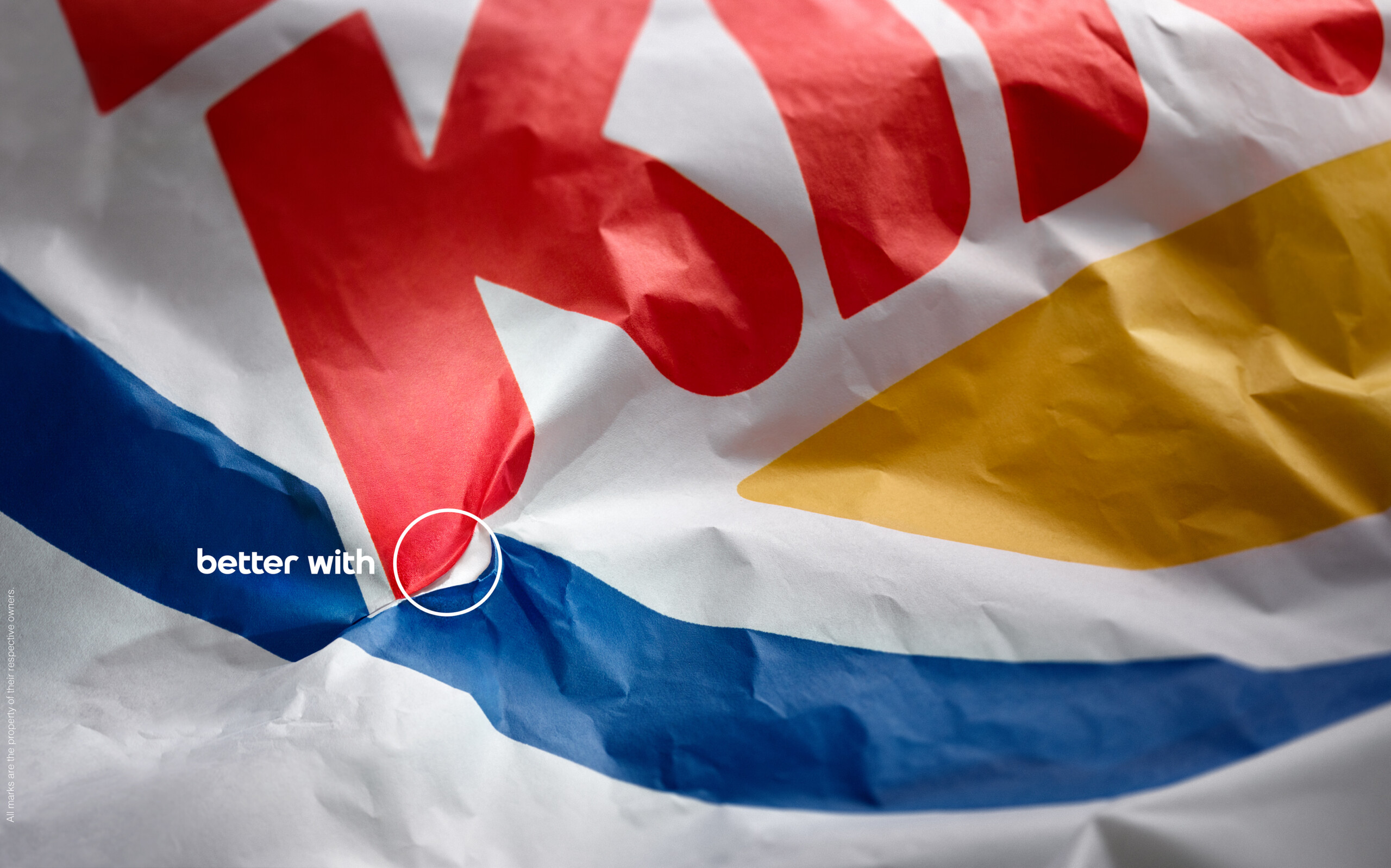
The Role of Restaurants in the Cola Wars
A Key Battleground
Before we bring this article to a close – it’s important to consider that restaurants have played a crucial role in the Pepsi vs. Coca-Cola rivalry. Securing contracts with major fast-food chains ensures exclusivity and significantly boosts sales volume. Coca-Cola and PepsiCo have fiercely competed for dominance in this space, as controlling the beverage options in leading restaurant chains translates to billions of pounds and dollars in annual revenue.
PepsiCo made a strategic move in 1986 by acquiring KFC, Pizza Hut, and Taco Bell, forming a restaurant division that exclusively served Pepsi products. This acquisition allowed Pepsi to secure guaranteed sales within its restaurant network, giving it a significant edge over Coca-Cola in the fast-food sector. However, in 1997, PepsiCo spun off its restaurant division into a separate entity, Tricon Global Restaurants, later renamed Yum! Brands. Despite this, Pepsi maintained exclusive contracts with Yum! Brands’ restaurant chains, ensuring that KFC, Pizza Hut, and Taco Bell continued to serve Pepsi products globally.
While PepsiCo dominated within Yum! Brands, Coca-Cola focused on expanding its partnerships with other major fast-food players. McDonald’s, Burger King, and Subway are among Coca-Cola’s most valuable partnerships, ensuring that Coca-Cola remains the preferred soft drink in thousands of restaurants worldwide. This dominance in quick-service restaurants has been a key pillar of Coca-Cola’s continued market leadership.
Notably, Pepsi has never owned Burger King, although the fast-food chain has alternated between serving Pepsi and Coca-Cola at different points in its history. Coca-Cola’s long-standing association with McDonald’s is one of its biggest assets, with the two brands having a highly integrated supply and marketing relationship. Coca-Cola provides McDonald’s with a unique syrup formulation, ensuring a distinct taste experience that differentiates it from bottled Coke.
By maintaining exclusivity deals and expanding into food service sectors, both Pepsi and Coca-Cola have strategically used restaurant partnerships to solidify their market positions. While Pepsi’s past ownership of restaurant chains gave it an advantage for years, Coca-Cola’s broader dominance in fast-food partnerships has reinforced its image as the global leader in carbonated beverages.
Conclusion: Who Wins the Cola War?
While Coca-Cola leads in global market share, Pepsi has managed to carve out dominance in certain markets (e.g., the U.S. soft drink market at times) and product categories (snack foods via PepsiCo’s Frito-Lay division). The battle continues today, with social media, sustainability, and digital marketing shaping the future of their competition.
Despite their differences, both brands have pushed the boundaries of marketing innovation, making the Cola Wars one of the most studied rivalries in business history.
An Interesting and unexpected subnote:
PepsiCo’s revenues are approximately double those of The Coca-Cola Company. This disparity is primarily due to PepsiCo’s diversified portfolio, which includes a significant share of food and snack products through its Frito-Lay division, whereas The Coca-Cola Company focuses predominantly on beverages.


